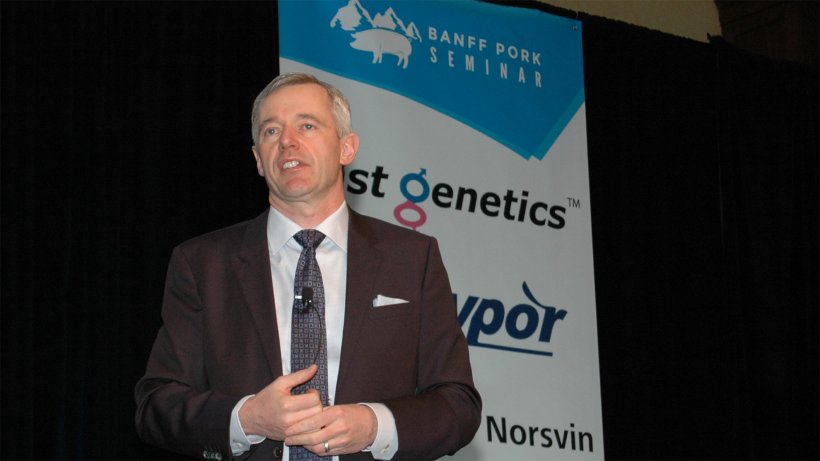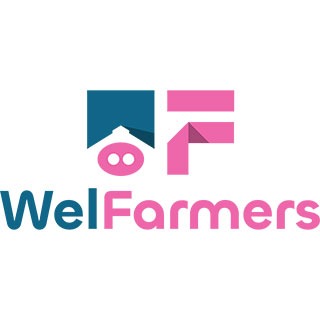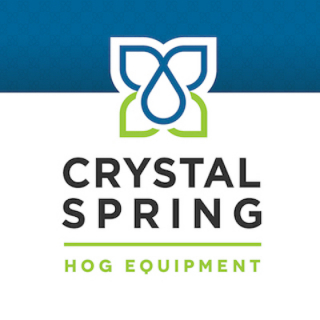African Swine Fever (ASF) may move more slowly than other diseases in the hog industry, but it is more serious than anything Canada has dealt with in the past. At the 2019 Banff Pork Seminar, Jan. 8 to 10 in Banff, Alta., Dr. Egan Brockhoff, veterinarian and pork industry analyst and advisor, shared insights from his travel to countries currently battling the deadly disease such as China and parts of Europe, and his thoughts on ways Canadian pork producers can mitigate the risk.
ASF was unknown outside of Africa, where the native wild pigs are carriers but remain largely unaffected by the disease, until 1957. At that time the disease entered Portugal on a ship through contaminated waste which was fed to pigs. ASF entered the population and circulated slowly throughout Europe from 1957 to 1986.

However, in 2007 a highly infectious strain showed up in Georgia, in Eastern Europe. "From 2007 until 2019, ASF has spread consistently and broadly across Eastern Europe and now into Western Europe. Once again, feeding contaminated waste from international aircraft or ships has been identified as the primary method of moving the virus along. This is a human driven disease not an animal driven disease. Humans are spreading this disease around the world," says Brockhoff.
And the spread continues. In the last four months, Brockhoff advises that nine European countries have reported 1,000 new cases. The primary modes of transmission are through uncooked pork and the transport of frozen pig meat through Europe and the U.K. "While everyone is aware of the situation in China...this virus is moving throughout Europe and in a significant way." The infection of the wild boar population in Europe, which isn't naturally resistant as the African boars seem to be, is another core driver that keeps the virus moving through Europe.
This raises a concern in Canada as North America has a massive wild pig problem. There are three million wild pigs in Texas alone and in Canada we have large wild boar populations in the prairies and further east at least as far as Quebec. European wild boars were brought over to farm and either got out or were released and if these animals contracted ASF, it would be almost impossible to eradicate.
Different transmission
Transmission of ASF is quite different from other diseases. Transmission through direct contact with infected pigs, ticks or stable flies is a slow process, and while still deadly, there is also a high risk of unwitting transmission before ASF is diagnosed. Because this virus is concentrated in the meat, muscle and body fluids, indirect contact is the fastest transmission of the disease. "When a pig dies, in the forest or a slaughter plant, all of that meat is incredibly infectious. This makes it an easy virus for humans to move - in uncooked product for example," says Brockhoff.
Even worse news is that there is no vaccine, no treatment, many of the symptoms are easily mistaken for other swine diseases, the highly virulent strains have 100 per cent mortality and there can be a slow incubation period, which may allow further spread if undetected.
Feed is another high-risk factor in delivering the virus to hog farms. "Dr. Scott Dee has identified organic soybean meal as an amazingly good vector for ASF. The virus survives well in soy products," says Brockhoff. He goes on to add that today Canada is importing organic soybean meal from China for livestock feed. If producers are still using high-risk feeds, they should use quarantine to minimize the chances of spreading ASF. Feed kept at 20 degrees Celsius for 20 days will likely have killed the virus.
Canada has a huge backyard pig population. There are about 6,500 premise IDs for commercial hog operations in Canada. But also in Canada there are about 6,500 small backyard, outdoor hog farms. These farmers may not know or understand the severity of AFS to the hog industry worldwide. And should they get AFS on their farm, it could shut down trade for the entire Canadian hog sector.
High risk
What does all of this mean for Canadian pork producers who may be feeling a false sense of security, because to date there has never been a case of AFS in Canada or the United States? Brockhoff believes the risk is high if Canadian producers continue to operate as they have always done. He has worked with the CFIA on a feed risk mitigation plan and has an action list for the industry:
- Engage Government- Ministers, CFIA, industry partners – build a wall around North America
- Voluntary ban of high risk feed ingredients – the government can't do it but producers can make those choices
- Feed ingredients quarantine – the ones that are still purchased, must be quarantined following proven protocols
- More border enforcement – Canada currently has 17 sniffer dogs at airports across the country. Due to the high risk of infected meat products being brought into Canada, many more of these dogs are required.
- More traveler awareness – airlines and ships, should play a role in informing passengers
- CPC working with Animal Health Canada – an organization that will work across Canada to prepare for animal health crises, similar to Swine Health Ontario
- Communication Cooperation Collaboration – the industry must work together
Brockhoff has a list for producers too. Ensure producers are quarantining high risk feed ingredients for the correct length of time and at the correct temperature. Producers should be talking with their feed specialists, nutritionists and veterinarians about biosecurity and feed. Stop bringing any kind of pork product into a hog barn. Create biosecurity audits and bring the team together to discuss. Lastly, small farms must be engaged and educated regarding the risks as well.
"Never before has the risk of transboundary and emerging diseases been so real," says Brockhoff. "We live in a globalized, highly mobile world and that is moving disease extremely effectively."

January 11, 2019 - 2019 Banff Pork Seminar (Meristem Land and Science)






